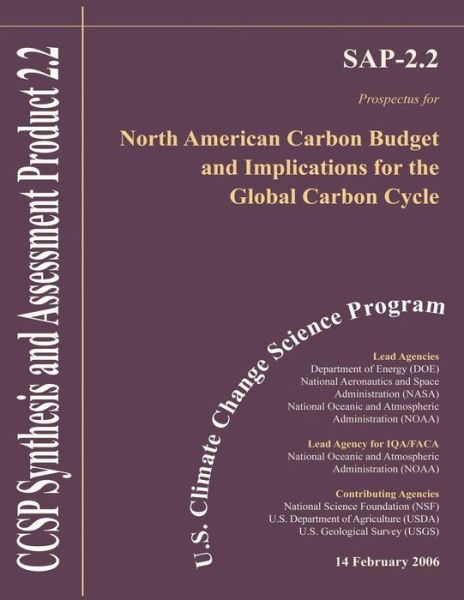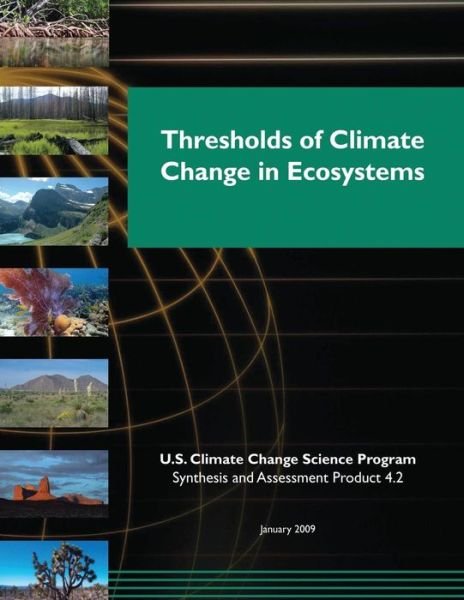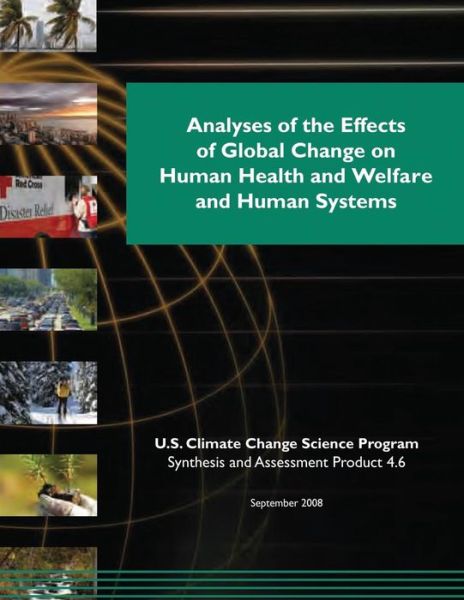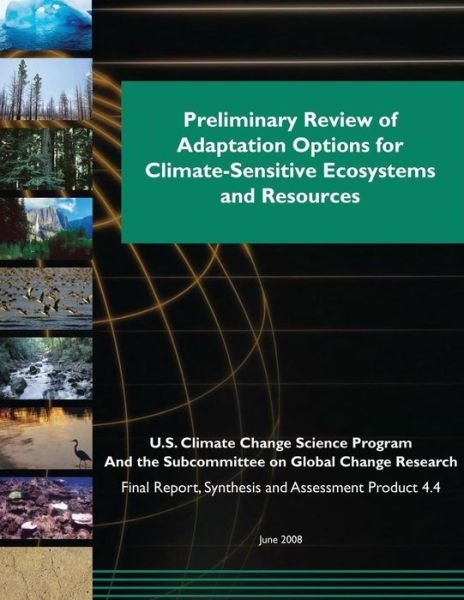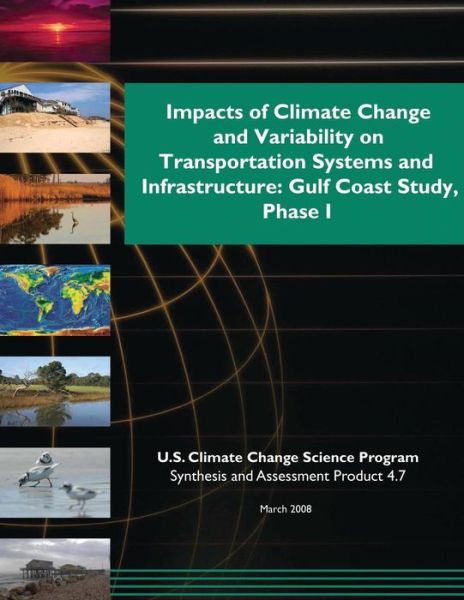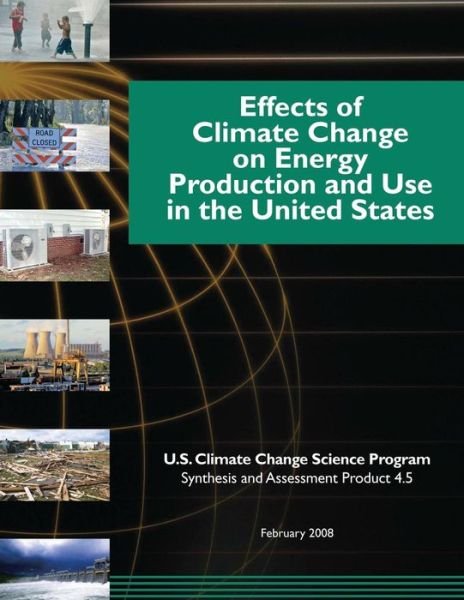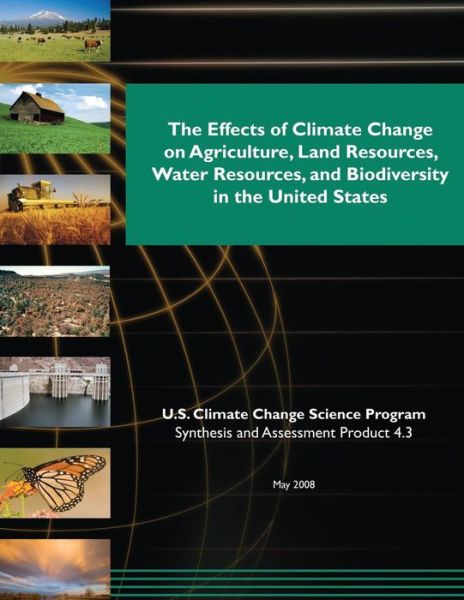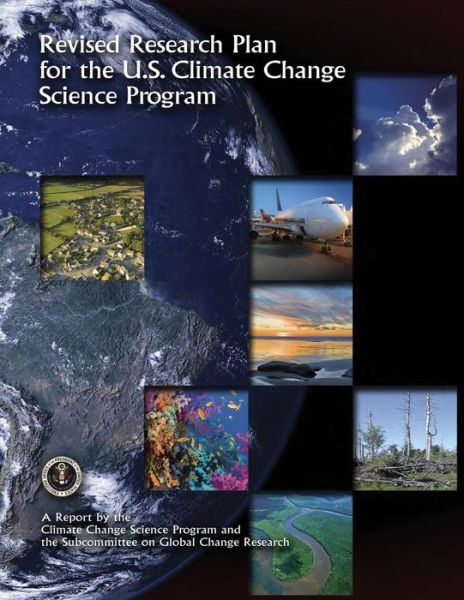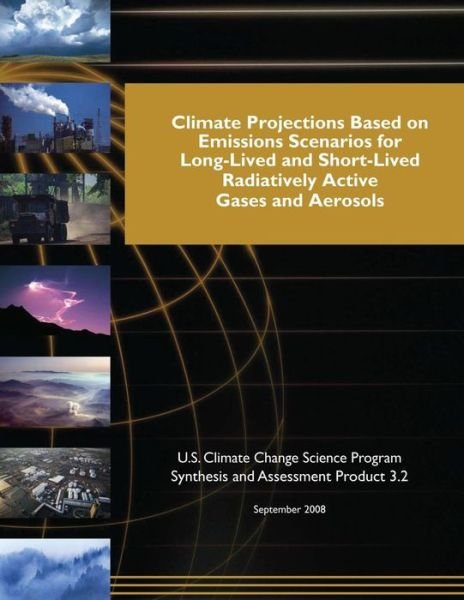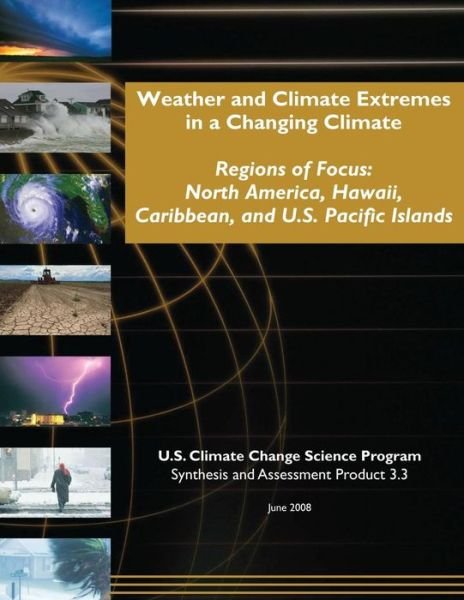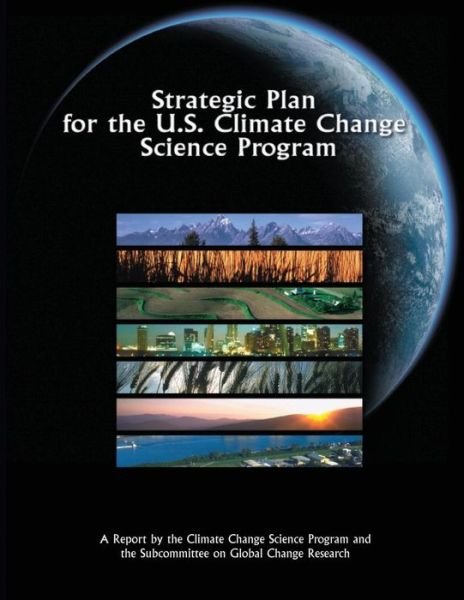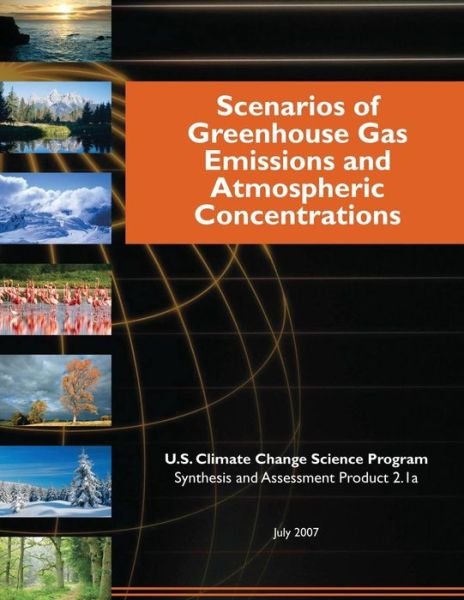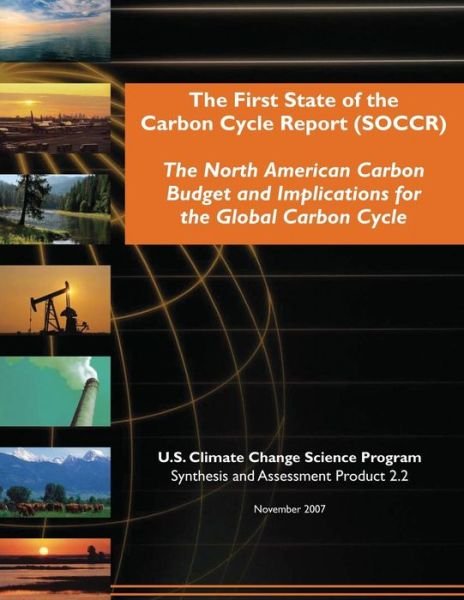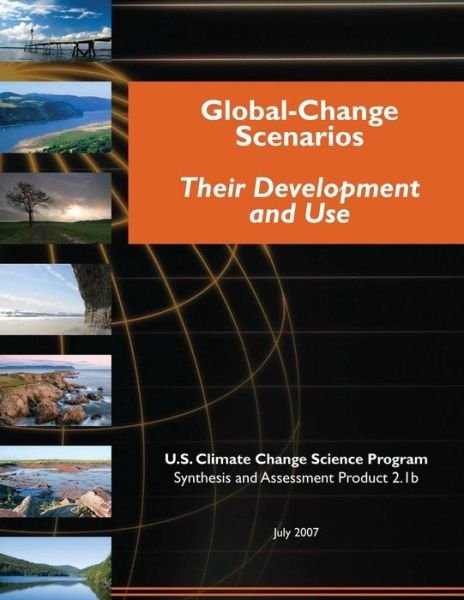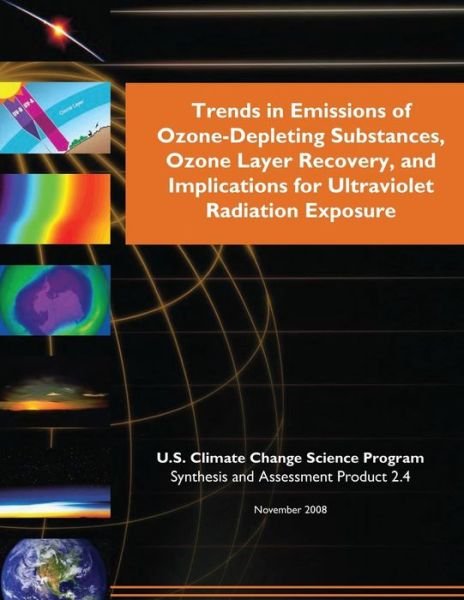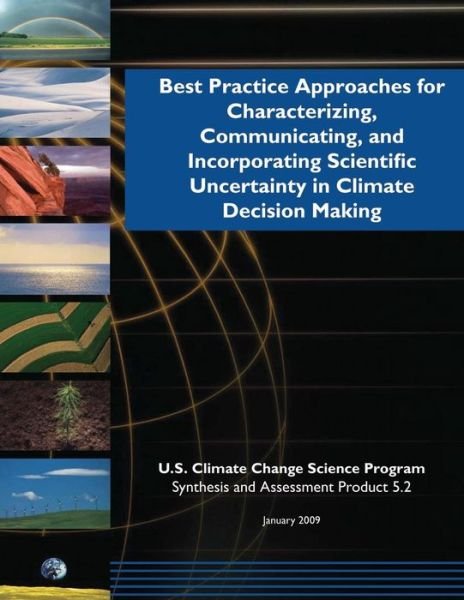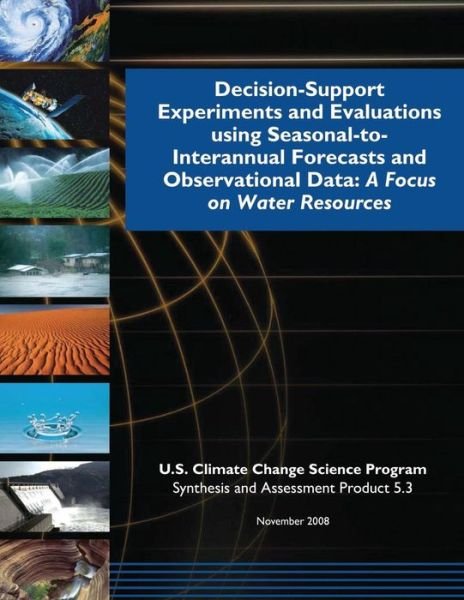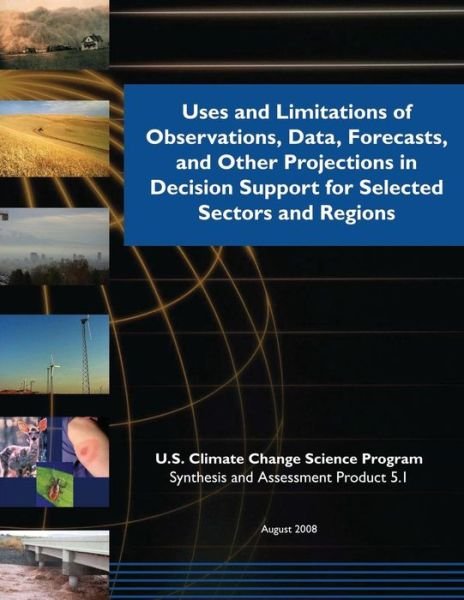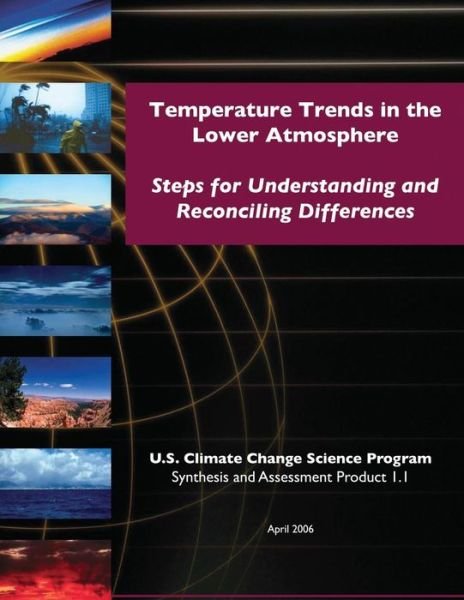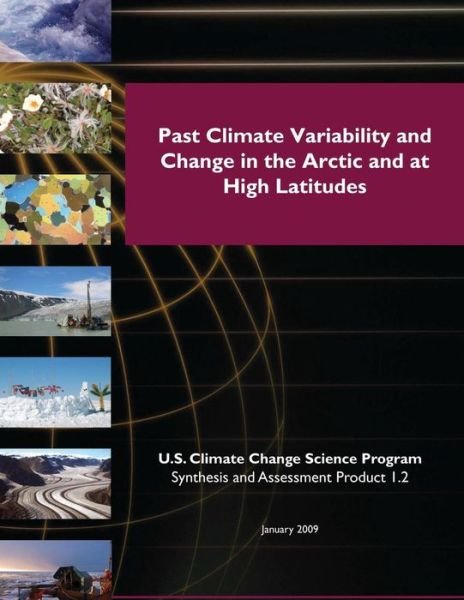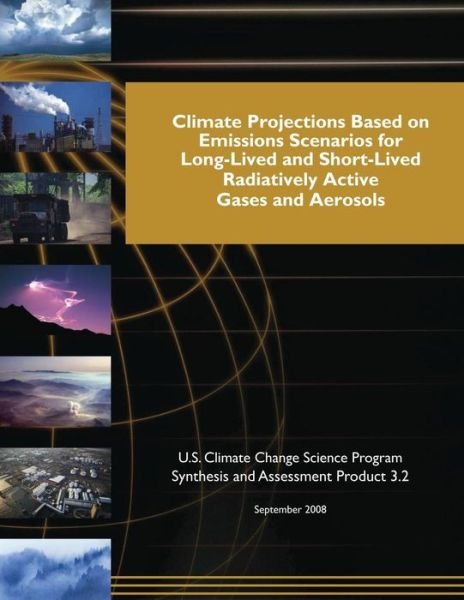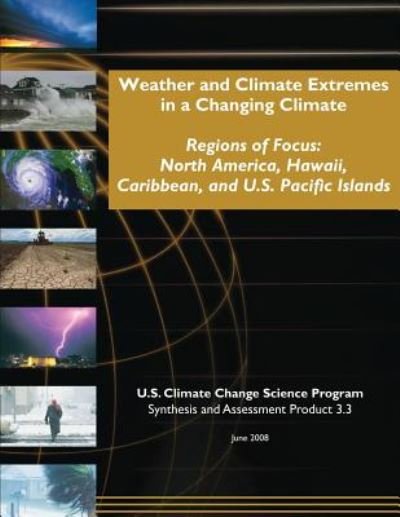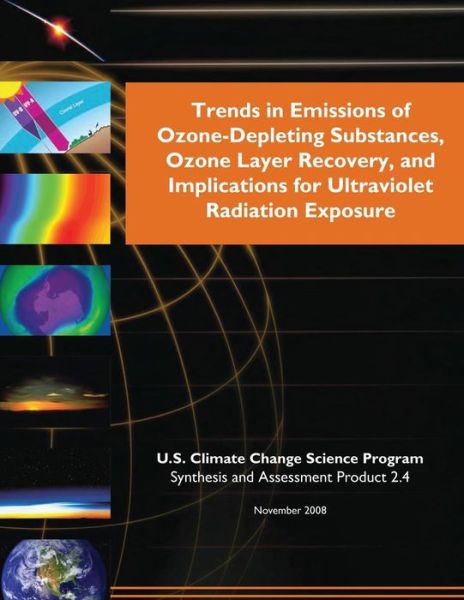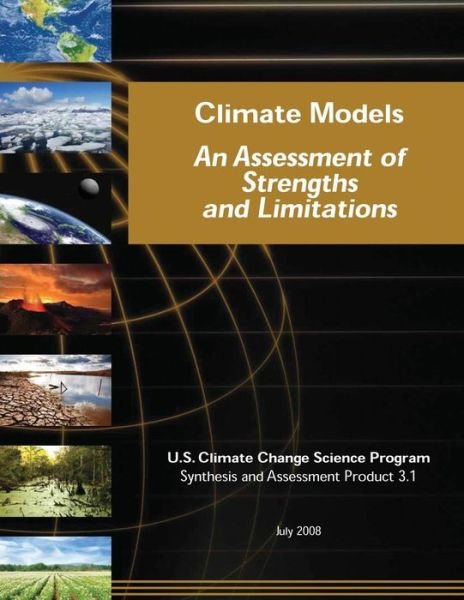
Tell your friends about this item:
Climate Models: an Assessment of Strengths and Limitations (Sap 3.1)
U S Climate Change Science Program
Climate Models: an Assessment of Strengths and Limitations (Sap 3.1)
U S Climate Change Science Program
Publisher Marketing: Scientists extensively use mathematical models of Earth's climate, executed on the most powerful computers available, to examine hypotheses about past and present-day climates. Development of climate models is fully consistent with approaches being taken in many other fields of science dealing with very complex systems. These climate simulations provide a framework within which enhanced understanding of climate-relevant processes, along with improved observations, are merged into coherent projections of future climate change. The use of computers to simulate complex systems has grown in the past few decades to play a central role in many areas of science. Climate modeling is one of the best examples of this trend and one of the great success stories of scientific simulation. Building a laboratory analog of the Earth's climate system with all its complexity is impossible. Instead, the successes of climate modeling allow us to address many questions about climate by experimenting with simulations-that is, with mathematical models of the climate system. Despite the success of the climate modeling enterprise, the complexity of our Earth imposes important limitations on existing climate models. This report aims to help the reader understand the valid uses, as well as the limitations, of current climate models and describes the models and their ability to simulate current climate.
| Media | Books Paperback Book (Book with soft cover and glued back) |
| Released | February 4, 2015 |
| ISBN13 | 9781507847190 |
| Publishers | Createspace |
| Pages | 134 |
| Dimensions | 216 × 279 × 7 mm · 326 g |
More by U S Climate Change Science Program
See all of U S Climate Change Science Program ( e.g. Paperback Book )

 Christmas presents can be returned until 31 January
Christmas presents can be returned until 31 January


